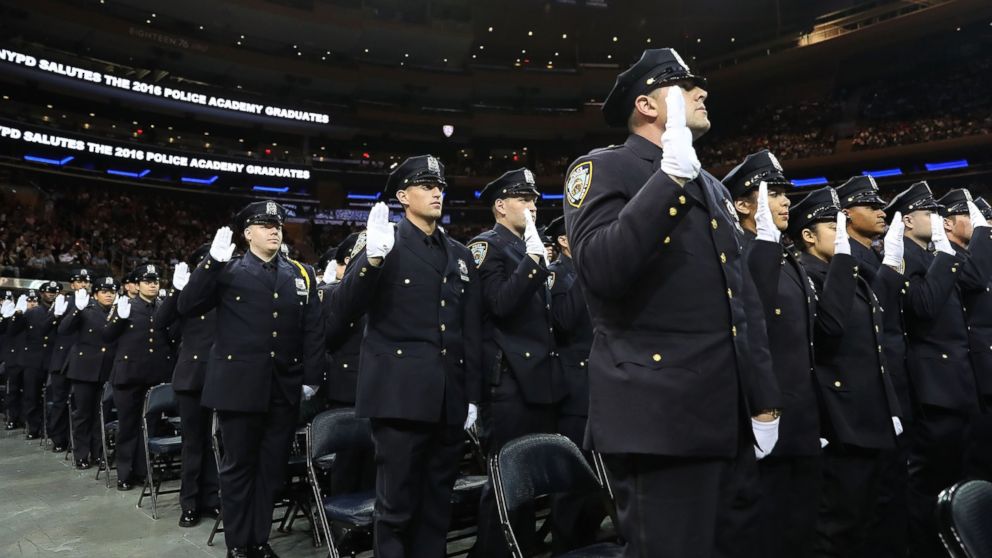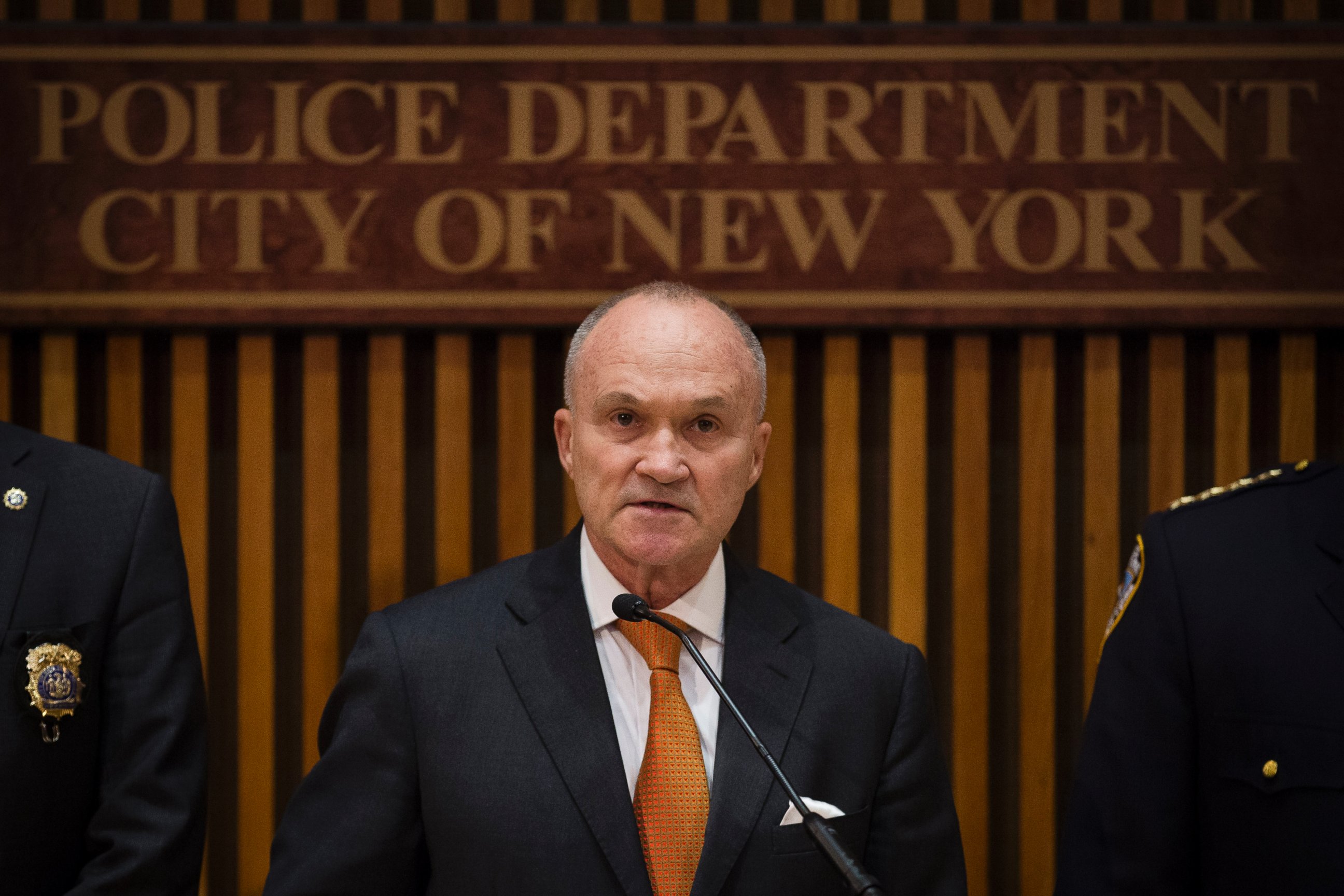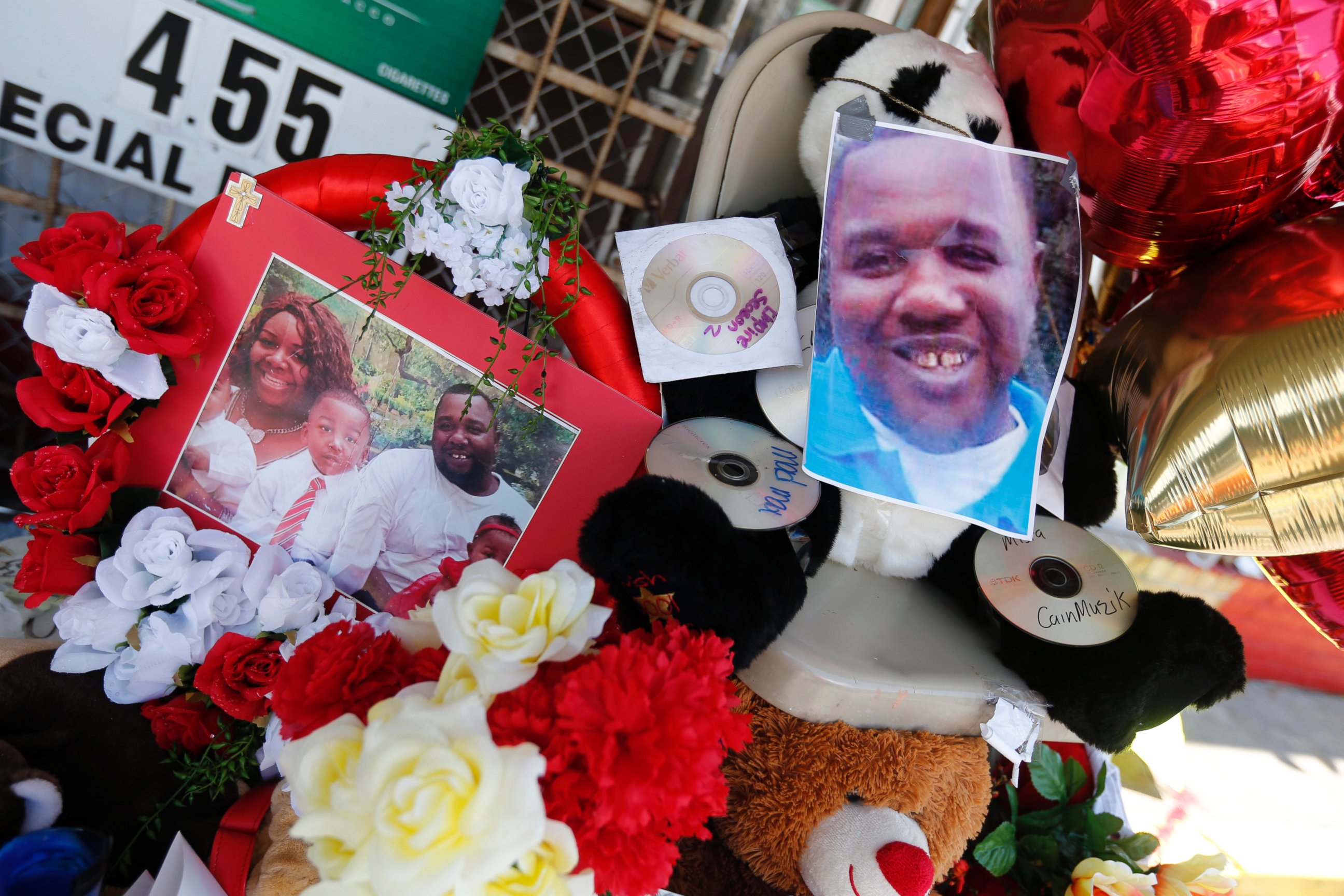Experts on Why Police Aren't Trained to Shoot to Wound
Shooting to injure wouldn't stop an aggressive subject, experts say.

— -- After two black men were shot and killed be police in less than 48 hours, outraged communities all over the nation are speaking out against police brutality, with many wondering why police aren't just trained to shoot to wound.
Unlike in the recent shooting deaths of Philando Castile in Falcon Heights, Minnesota, Wednesday night and Alton Sterling in Baton Rouge, Louisiana, early Tuesday, a suspect is generally not in "that close of proximity when a police officer believes it's necessary to use deadly force," said Ray Kelly, former police commissioner for the New York Police Department.
Kelly said it's too early and that there are too many missing pieces to determine whether the officers in Minnesota and Louisiana were justified in their decision-making to use deadly force. But, "it doesn't look good," he said.

Police Shoot to Stop Life-Threatening Behavior
Police are trained to stop dangerous, life-threatening or murderous behavior, Kelly said. This holds true for all police departments across the country, he added.
Anytime a firearm is discharged, it's considered deadly force, said David Klinger, professor of Criminology and Criminal Justice at the University of Missouri-St. Louis. Shooting to injure or maim someone wouldn't stop an aggressive subject, Klinger said, and officers are trying to stop the threat to their life, or the life of their partner or a citizen.
"Why would we want to injure or maim people?" he said. "It doesn't stop them."
Because of the potential risks, it would be "very difficult" to train officers to shoot to wound instead, Kelly said. If someone's life is in jeopardy, shooting to maim or injure will have little effect on the actions of the individual who is trying to kill, Klinger added.
Additionally, if an officer aims at anything other than the torso area, the odds that he or she will miss increase greatly, Klinger said. But aiming for the chest means that the type of wounds suspects usually sustain are likely to be fatal, he added.

Multiple Shots Are Often Necessary
Officers are trained to shoot with the understanding that one shot may not stop an aggressive subject, Klinger said.
There are only two ways to shut down the human body using deadly force, he said. The first is loss of blood, and the other is a shot to the central nervous system. Police officers are trained to shoot at center mass, in the torso area.
Klinger recalled an incident in 1981 when he was a young officer with the LAPD. The suspect had just stabbed his partner in the chest with a butcher knife, and immediately jumped on top of his partner and held the knife to his throat. Klinger called it a "rookie mistake" when he tried to take the knife away from the suspect.
Even after Klinger shot the suspect and the bullet pierced his left lung, aorta and right lung, the suspect still continued to fight for at least another 30 seconds, Klinger said. It took a total of six officers to subdue him and get him to drop the knife. If the man were armed with a gun instead of a knife, Klinger would have had to keep shooting because "he would have continued to be a threat."
"Even if an officer shoots [someone] with a lethal firearm, it may not stop a person," he said. "When there is a threat to life right now, or serious bodily injury, deadly force is the appropriate response."
Why Not Use Tasers Instead?
In December, Chicago Mayor Rahm Emanuel announced that the Chicago Police Department would be undergoing a police training overhaul and would double the number of tasers used by officers to 1,400 department-wide. It is unclear if other police departments in the U.S. have started similar initiatives.
But, tasers should "never" be an alternative to deadly force, Klinger said, calling the idea a "huge misconception."
Tasers should only be used in situations that require a force less than deadly force, or if a police officer believes he can prevent a situation from escalating to deadly force.
Tasers are not foolproof. The probes that generate the electric shock can miss, get caught in clothing or may simply not affect the suspect. Klinger called it "unreasonable" for police to gamble with their lives or the life of a third party by using a taser when deadly force is necessary.
"If you're in a situation where you need to stop the person now or else someone will be seriously injured or killed, you are betting that the taser will work," he said.
Also, an lone officer would never use a taser. In cases where there are two officers, one officer will usually administer the taser, while the other provides "lethal coverage" in the event that the taser doesn't work, Klinger said.